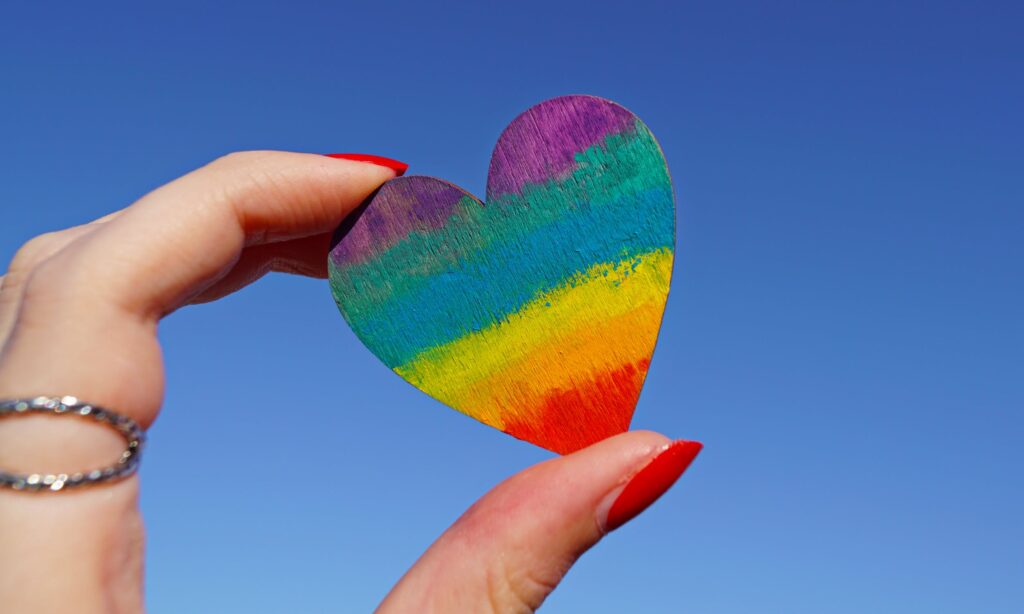Sexual orientation is a fundamental aspect of human identity, yet it remains a deeply misunderstood and taboo topic in many societies. Despite growing awareness and acceptance in some parts of the world, individuals who identify as anything other than heterosexual still face stigma, discrimination, and marginalization. In this blog post, we’ll explore the complexities of sexual orientation, examine common taboos associated with it, and discuss the importance of promoting acceptance and understanding.

Defining Sexual Orientation
Sexual orientation refers to a person’s emotional, romantic, and sexual attraction to others. While heterosexual attraction to the opposite sex is the most commonly understood orientation, there are also other orientations, including homosexual (attraction to the same sex), bisexual (attraction to both sexes), pansexual (attraction regardless of gender), and asexual (lack of sexual attraction). It’s essential to recognize that sexual orientation exists on a spectrum and can vary widely among individuals.
Common Taboos Surrounding Sexual Orientation
Despite increasing visibility and advocacy for LGBTQ+ rights, taboos surrounding sexual orientation persist in many cultures and communities. Some of the most common taboos include:
- Stigmatization and Discrimination: LGBTQ+ individuals often face stigma, discrimination, and violence due to their sexual orientation. In many societies, homosexuality and non-heterosexual identities are still considered taboo, leading to social exclusion, harassment, and even legal persecution.
- Religious and Cultural Taboos: Many religious and cultural traditions have strict norms surrounding sexuality and gender roles. In some cultures, homosexuality is condemned as sinful or immoral, leading individuals to suppress or hide their true identities for fear of rejection or punishment.
- Family and Social Pressure: LGBTQ+ individuals may face pressure from their families and communities to conform to heterosexual norms and expectations. Coming out can be a daunting and risky process, as it may result in rejection, ostracism, or violence from loved ones.
- Lack of Representation: The underrepresentation of LGBTQ+ individuals in media, education, and public discourse perpetuates stereotypes and misconceptions about sexual orientation. Limited visibility can reinforce feelings of shame, isolation, and invisibility among LGBTQ+ individuals.
The Importance of Acceptance and Understanding
Promoting acceptance and understanding of sexual orientation is essential for creating inclusive and supportive communities where all individuals can thrive. Here’s why:
- Human Rights and Equality: Every person has the right to live free from discrimination and violence based on their sexual orientation. Upholding LGBTQ+ rights is essential for ensuring equality and justice for all individuals, regardless of their sexual orientation.
- Mental Health and Well-being: LGBTQ+ individuals who face stigma and discrimination based on their sexual orientation are at higher risk of mental health issues such as depression, anxiety, and suicidal ideation. Creating supportive environments where LGBTQ+ individuals can express their identities openly and without fear of judgment is crucial for promoting mental health and well-being.
- Fostering Diversity and Inclusion: Embracing diversity in sexual orientation fosters a culture of inclusion and respect for all individuals, regardless of their differences. Recognizing and celebrating the diversity of human sexuality enriches our understanding of human nature and strengthens the fabric of society.
Sexual orientation is a fundamental aspect of human identity that deserves understanding, acceptance, and respect. By breaking taboos surrounding sexual orientation and promoting inclusivity and equality, we can create a world where all individuals can live authentically and without fear of discrimination or prejudice. Let’s continue to challenge stigma, advocate for LGBTQ+ rights, and celebrate the beauty and diversity of human sexuality.

